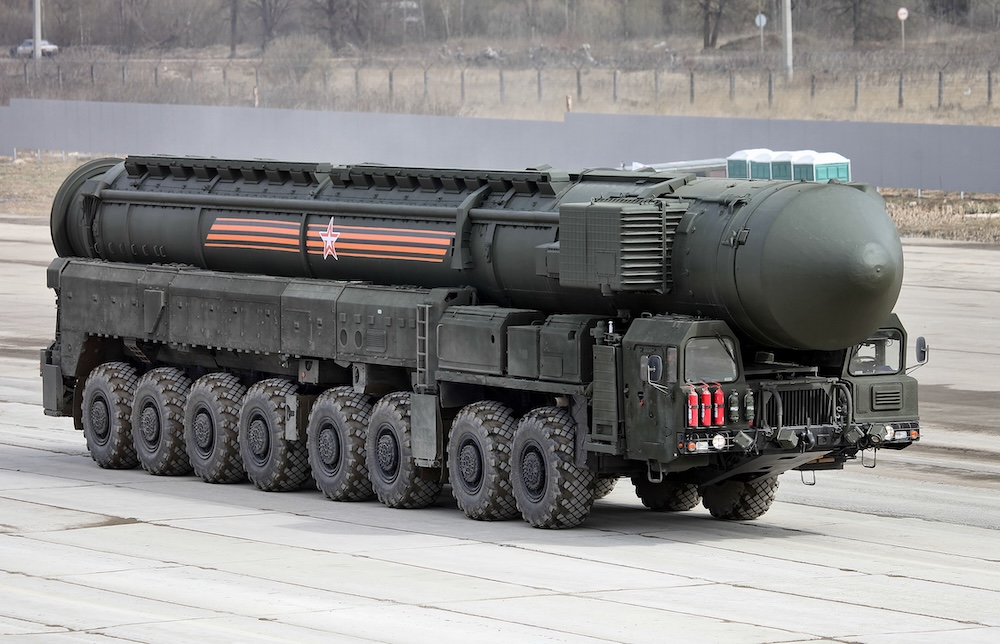


The claim was made on 31 October during a briefing attended by President Volodymyr Zelenskyy and SBU chief Vasyl Maliuk and later reflected in an official read-out from the Presidential Office. No time and date were disclosed in the meeting itself, though subsequent Ukrainian reporting has variously described the strike as having taken place in the summer of 2023. Independent verification has not been presented.
According to the Ukrainian side, the operation involved three services — the SBU, the Defence Intelligence directorate (HUR) and the Foreign Intelligence Service (SZRU). Maliuk described the outcome as “100% successful”, while Zelenskyy authorised publication of the information during the televised session.
The Oreshnik (Russian: “hazel”) is a new Russian ground-based, intermediate-range ballistic missile programme that Moscow first used operationally against Ukraine in November 2024, striking targets in Dnipro. Russian officials have previously promoted the system as a hypersonic, manoeuvring weapon designed to complicate interception. Open-source reporting has linked Oreshnik to the post-INF class of systems with ranges between 500 km and 5,500 km.
Zelenskyy used the 31 October meeting to warn that the weapon’s potential deployment in Belarus would increase risks to European security, with flight ranges placing NATO’s eastern members within reach. Belarusian President Alexander Lukashenko has since stated that Oreshnik units will be placed on combat alert in December, and Russian and Belarusian officials have earlier signalled planned stationing on Belarusian territory.
The Ukrainian account identifies Kapustin Yar — Russia’s principal missile test and training range on the lower Volga — as the site of the strike. If accurate, the incident would indicate an ability by Ukrainian special services and long-range strike assets to penetrate one of Russia’s more heavily protected military facilities. The Presidential Office summary stated that one Oreshnik system at the range was destroyed during a joint operation by Ukraine’s intelligence and security agencies.
Ukrainian media and several English-language outlets amplified the announcement on 31 October, quoting officials as saying that Russia had three Oreshnik systems at the time, with the loss of one reducing flexibility for deployment between Russia and Belarus. Some reports further noted that Russia has conducted only a small number of Oreshnik launches to date.
Russia has not publicly confirmed any loss at Kapustin Yar and has previously presented Oreshnik as a system resistant to interception. Following the November 2024 attack on Dnipro, Russian statements and allied media described the missile as capable of high-Mach speeds with manoeuvring warheads. Ukraine’s early technical assessments at the time referred to a complex payload and high terminal velocities. These descriptions vary by source and remain difficult to verify independently.
The disclosure comes as Belarus moves towards hosting the weapon. On 28–31 October, reports from state and international media in Minsk and Moscow indicated that Oreshnik is slated to be on combat duty in Belarus in December, following site preparations announced over the summer. Kyiv argues that basing decisions in Belarus would compress warning times for neighbouring states.
Contextually, Ukraine has claimed a series of long-range strikes and sabotage actions against Russian military infrastructure since 2023, including airfields, air-defence nodes and defence-industrial sites. While many such incidents have been documented with imagery, others, particularly those inside closed test ranges, are more difficult to evidence publicly. The 31 October briefing did not include imagery of the alleged Oreshnik destruction; instead, officials outlined the result during a broader meeting on sanctions and defence production.
The extent of Russia’s Oreshnik inventory is unclear. Ukrainian officials and analysts often describe the system as being in limited series production, with small numbers fielded and further manufacture underway. Open sources differ on technical parameters and production tempo, and the Russian Ministry of Defence has released few specifics beyond performance claims. In that context, if one launcher has been destroyed, the effect would be disproportionate to absolute numbers, notably if Russia intended to split deployments between domestic sites and Belarus.
As of 31 October, the key points are: Ukraine has publicly claimed responsibility for destroying an Oreshnik system at Kapustin Yar; the strike is said to have been conducted in a previous period and only now disclosed; Russia has not confirmed a loss; and Belarusian leadership says Oreshnik will enter combat duty in December. Further independent evidence — satellite imagery, official Russian comment, or corroborated video — has not been made available.